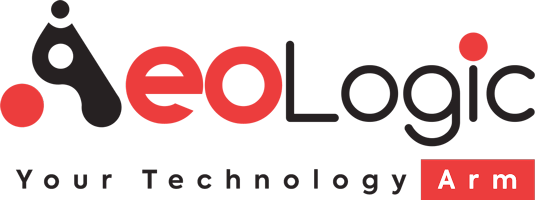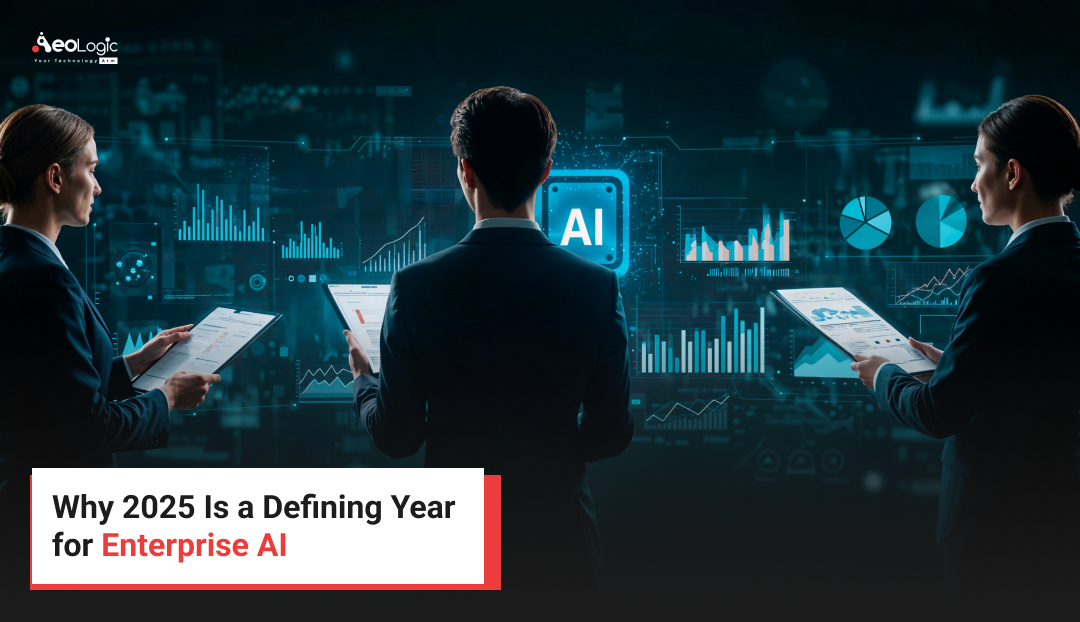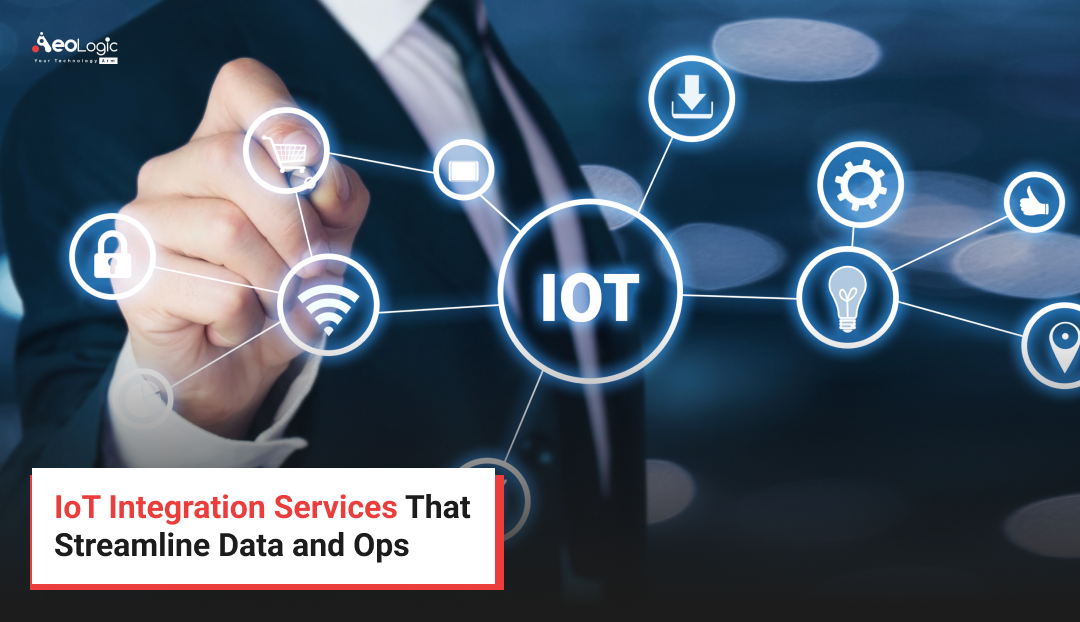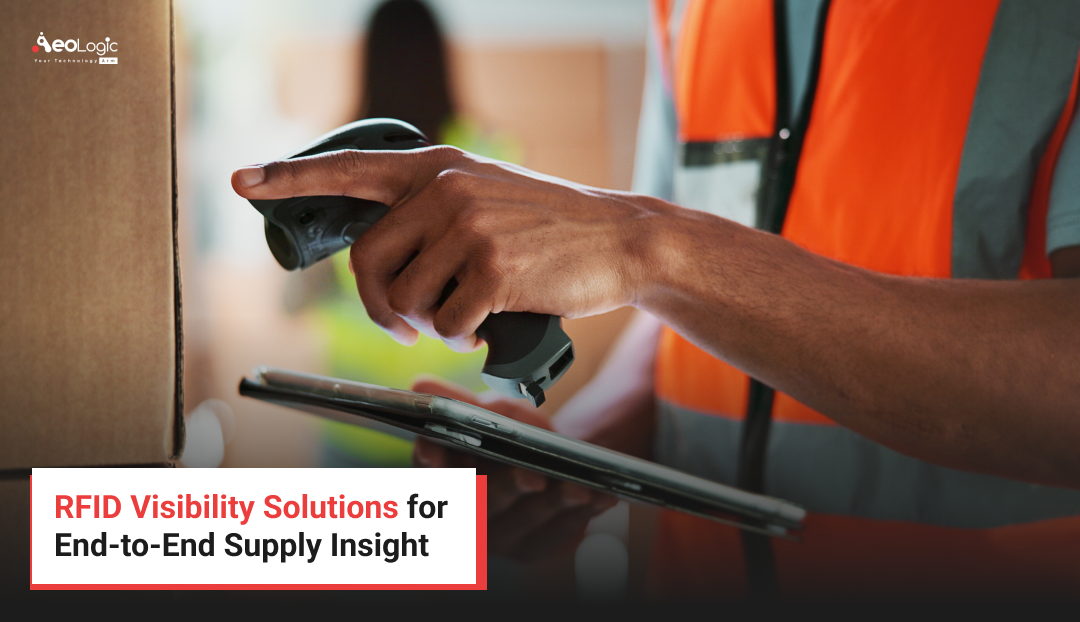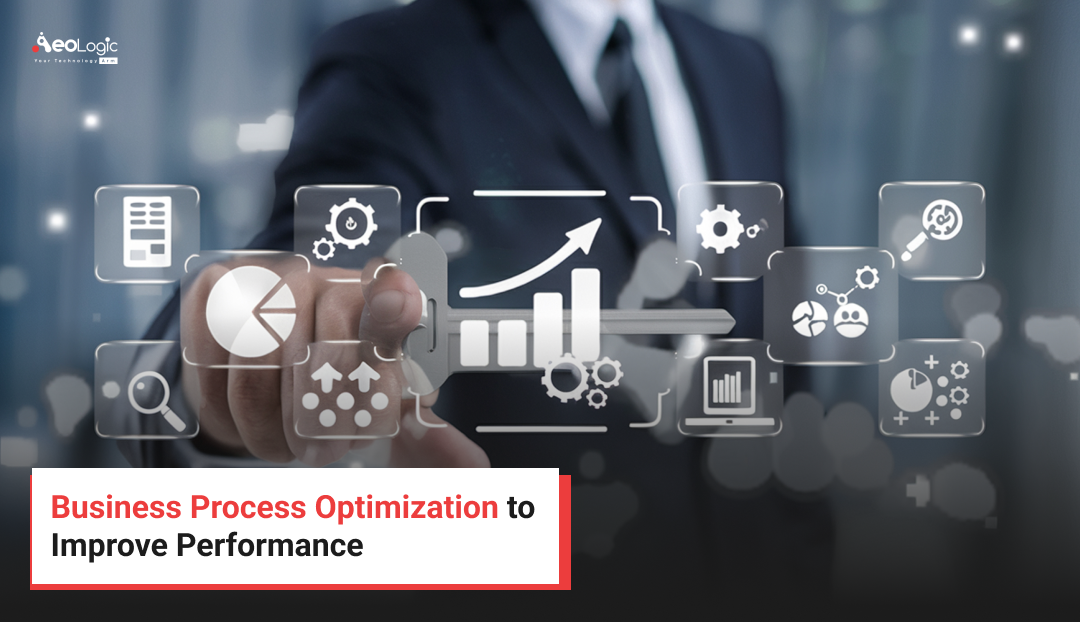A few years ago, AI inside big companies was more of a side hobby than a serious business tool. You’d see a proof-of-concept tucked away in one department, a chatbot quietly added to a customer portal, or a model tested on some old data just to see if it worked. Sometimes those experiments were impressive. But they were rarely essential. If they disappeared tomorrow, nothing in the business would really stop. That’s not the case anymore. In 2025, AI — and especially Generative AI — has gone from “let’s try it” to “we can’t compete without it.” For many companies, AI is now as much a part of the infrastructure as ERP systems or cloud hosting. It’s no longer something you experiment with. It’s something you run your business on.
The numbers back that up. Gartner says that by 2026, 80% of enterprises will be using GenAI in production. McKinsey’s latest research suggests it could add between $2.6 and $4.4 trillion to the global economy every year. For companies that move quickly, those aren’t just interesting stats — they’re a direct path to better margins, happier customers, and new revenue streams.
At Aeologic Technologies, we’ve seen that journey firsthand. We’ve helped banks slash onboarding times from days to hours with AI-powered document processing. We’ve worked with manufacturers who cut millions in downtime losses with predictive maintenance. Different industries, different challenges — but the pattern is the same: start small, prove it works, then roll it out to the rest of the business.
Why Scaling AI Trips Up So Many Companies
If AI is so promising, why do so many projects get stuck after one successful pilot?
Because scaling isn’t just about adding more models or buying more server space. It means wrestling with old systems, messy data, skills shortages, and people who aren’t sure they want to change the way they work.
Here’s where most companies hit roadblocks:
1. Old systems that don’t play well with AI
A lot of core business platforms — ERP, CRM, or industry-specific tools — were never designed for AI. Without integration, AI can’t get to the data it needs, and whatever insights it produces can’t make their way back into daily operations.
Example: A retailer builds a great demand forecasting model, but if it can’t plug into the POS or inventory system, it’s useless in real time.
2. Messy, hard-to-reach data
AI only works if the data feeding it is clean, structured, and accessible. Too often, that data is scattered across silos, riddled with gaps, or inconsistent. The result is a model you can’t fully trust.
3. Not enough of the right skills
AI engineers, data scientists, and MLOps experts are in short supply. Even when a company hires them, they often don’t have the cross-functional teams needed to take AI from lab to production.
4. People resisting change
AI changes how work gets done, and that can make people uneasy. Staff worry about job security, managers worry about disruption. Without careful change management, adoption slows to a crawl.
5. Getting locked into one vendor’s ecosystem
Big providers love to push their own proprietary tools. That’s fine until you want to switch, and then it’s expensive, messy, and sometimes impossible.
How We Tackle These Challenges at Aeologic
Rolling out AI across an enterprise takes more than technical know-how. It takes a plan that works for the people, the processes, and the systems already in place.
Here’s what we do differently:
-
We run the whole process — from picking the right model to integrating it with ERP, CRM, IoT, or cloud systems. You don’t have to manage multiple vendors.
-
We fix your data first — cleaning, structuring, and securing it before a single model is trained.
-
We make integration invisible — so AI becomes part of your day-to-day operations, not an extra step.
-
We manage the people side — with workshops that help teams understand and trust the technology.
-
We keep it flexible — avoiding vendor lock-in so you can adapt as tech evolves.
How to Go From “One Cool Pilot” to “AI Everywhere”
The jump from a small proof-of-concept to something that runs across your whole company is where most AI projects live or die.
Get it right, and you create momentum that changes the way the business works.
Get it wrong, and the project becomes just another “good idea” that never left the lab.
The trick is to move fast without breaking anything important — and to expand only when the foundations are ready.
That’s why at Aeologic we built our Pilot-to-Scale Framework. It’s not theory; it’s the result of years spent rolling out AI for banks, manufacturers, retailers, and even government departments.
The Pilot-to-Scale Framework
Phase 1: Discovery
We start by working with your leadership team to find the sweet spot — projects that deliver a clear win but don’t require ripping out your existing systems. We run AI opportunity workshops, map workflows, and look at where ROI is easiest to capture.
Phase 2: Pilot
We keep this tight and focused. Instead of a vague “let’s see what happens” test, we build a working prototype aimed at a specific outcome — cutting processing time by 40%, improving accuracy by 15%, or reducing costs in a key department.
The goal: get it live in 60 days so everyone can see the value quickly.
Phase 3: Scale
When the pilot delivers, we roll it out to other departments and plug it into your ERP, CRM, IoT devices, and cloud platforms. This is where AI stops being “a tool” and starts becoming part of the business.
Phase 4: Optimize
AI needs looking after. Models need retraining, data pipelines need updating, and business needs change. This phase keeps everything tuned and relevant.
Phase 5: Innovate
Once AI is part of the fabric of the company, it becomes a launchpad for new ideas — whether that’s AI-powered products, new services, or entirely new revenue streams.
Why We’re Faster Than the Big Firms
A lot of companies start with the big consultancies. It sounds safe, until you hit the delays, the rigid processes, and the massive bills.
Here’s the difference:
| Area | Aeologic Advantage | Big Consulting Firms |
|---|---|---|
| Speed | Pilot in 60 days | 6–9 months typical |
| Cost | Clear, modular pricing | Multi-million retainers |
| Flexibility | Custom tech stack per project | Fixed vendor ecosystem |
| Execution | In-house + hybrid delivery | Heavy subcontracting |
| Scope | AI + IoT + RFID + Cloud | Mostly AI-only |
We don’t tie you to one vendor’s tools. We build with whatever works best for your business, not what’s on someone else’s sales sheet.
What Scaling Looks Like in Different Industries
Manufacturing
-
Predictive Maintenance: IoT sensors + AI predict equipment failures before they happen.
Impact: Less downtime, lower maintenance costs. -
AI Quality Control: Computer vision spots defects instantly, reducing waste.
BFSI
-
Automated KYC: GenAI reads and verifies documents in minutes instead of days.
Impact: Faster onboarding, happier customers. -
Fraud Detection: AI scans transactions in real time to flag suspicious activity.
Government
-
AI Chatbots for Citizen Services: 24/7 help for everything from tax queries to license renewals.
-
Policy Drafting Assistance: GenAI speeds up the creation and review of policy documents.
Retail
-
Demand Forecasting: Predict demand down to SKU level to keep inventory in check.
-
Personalized Marketing: AI delivers campaigns tailored to each customer segment.
Real-World Wins
Banking Onboarding Overhaul
-
Problem: A bank’s onboarding took 3 days, leading to high churn.
-
Solution: GenAI-powered document verification integrated with the CRM.
-
Result: Onboarding dropped to 4 hours. NPS went up by 35 points.
Manufacturing Downtime Reduction
-
Problem: $500k a year lost to unplanned downtime.
-
Solution: AI + IoT dashboard for real-time machine health.
-
Result: Downtime down 25%, annual savings of $1.3M.
Why This Approach Works
We’ve seen a lot of AI projects fail, and it’s rarely because the technology didn’t work. It’s usually because the rollout didn’t connect to the business in the right way.
Our framework works because it’s built on three simple principles:
-
Start with the business goal, not the tech.
We don’t chase the latest AI trend just to say we used it. We figure out the outcome you want and build backwards from there. -
Integrate from day one.
AI has to live inside your existing systems and workflows if it’s going to stick. From the pilot stage, we design it to connect with ERP, CRM, IoT, and cloud tools so the insights get used, not just admired in a dashboard. -
Keep improving it.
AI is not “set and forget.” We keep measuring, retraining, and refining so the system stays sharp as your business changes.
Scaling AI in 2025: Where to Start
If you want to scale AI this year, three things will make the difference:
-
Pick high-impact, measurable use cases.
Go for problems where the ROI is clear and quick to prove. -
Get your data in order.
Clean, consistent, and accessible data is non-negotiable. -
Choose a partner who moves fast without cutting corners.
Speed matters — but so does building something that will last.
The companies that start now will pull ahead. And once they have the data advantage, the efficiency gains, and the customer loyalty, it’ll be hard for competitors to catch up.
The KPIs That Actually Matter
Forget vanity metrics — here’s what we look at to know an AI rollout is working:
-
Deployment Speed: How fast you go from concept to production.
-
Operational Cost Reduction (%): The direct savings from automation or optimization.
-
Efficiency Gains (%): Output per unit of time or resource, pre- vs post-AI.
-
Customer Experience (NPS/CSAT): Whether people are actually happier after the change.
-
Revenue Growth from AI: Sales or new revenue streams you wouldn’t have without it.
Your AI Transformation Starts with One Pilot
Whether you’re a manufacturer trying to prevent costly downtime, a bank that needs faster onboarding and compliance, a retailer looking to nail demand forecasting, or a government agency aiming for smoother citizen services — the path is the same.
Start with one well-chosen pilot. Get it live in 60 days. Prove the value. Then scale it into the rest of the business.
Explore our services:
-
AI + IoT Integration
-
AI Agent Development
📞 Let’s talk about your AI adoption roadmap.
FAQs
Q1: How are you faster than the big consulting firms?
We’ve stripped out the bureaucracy. Our modular approach and hybrid delivery mean we can launch a working pilot in 60 days or less. Big firms usually take half a year just to get to that point.
Q2: Can you integrate with the systems we already use?
Yes — that’s our specialty. ERP, CRM, IoT, cloud platforms — we design so AI works with the tools and data you already rely on.
Q3: When will we see ROI?
Most clients see measurable returns within 6–12 months, sometimes faster, depending on the scope.
Q4: Do we need to lock into a big, long contract?
No. You can start small, see the results, and then decide if you want to scale.
Q5: What industries do you work with?
We’ve done this in manufacturing, BFSI, retail, government, logistics, and more — always tailoring the rollout to the specific needs of the sector.

With a strong foundation in software and a growing expertise in AI, I specialize in building smart, scalable solutions that drive digital transformation
